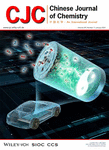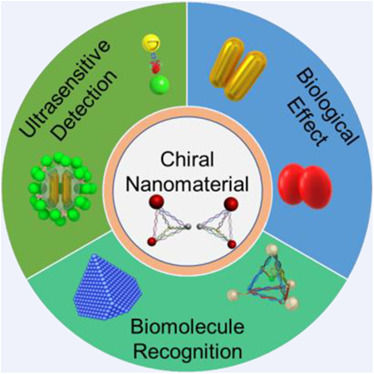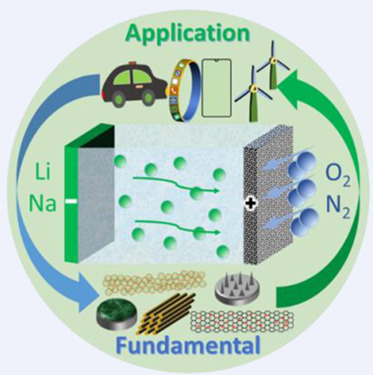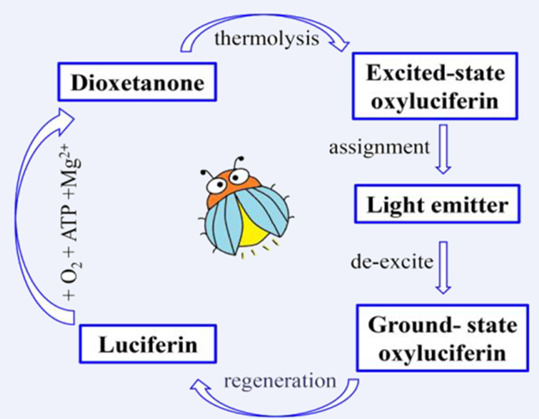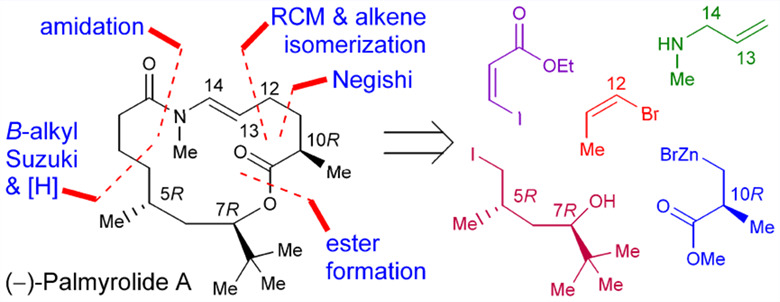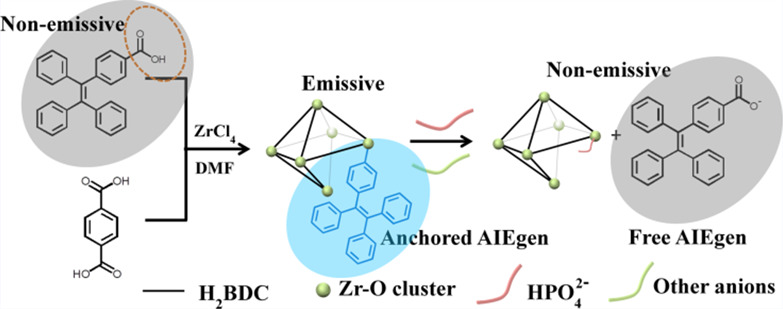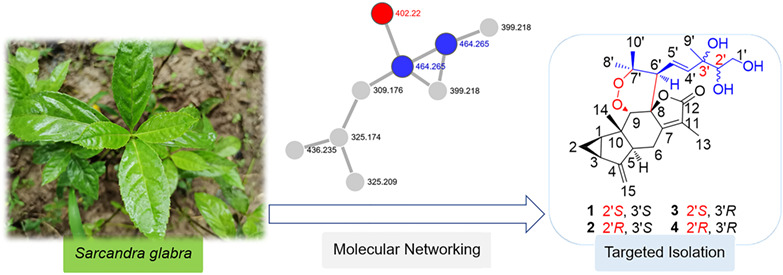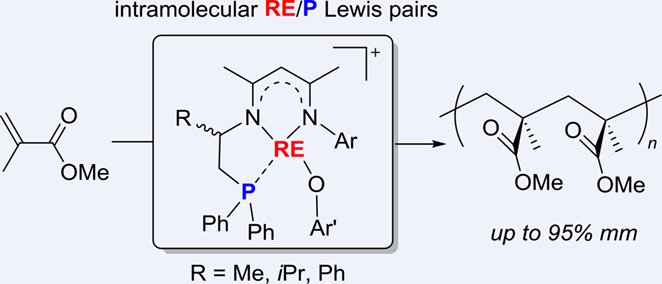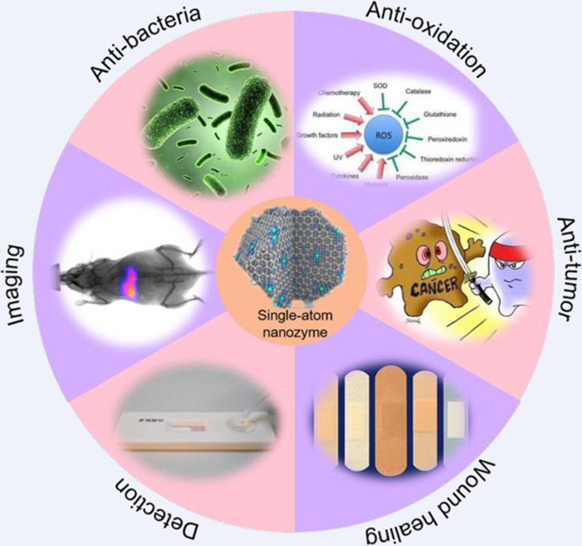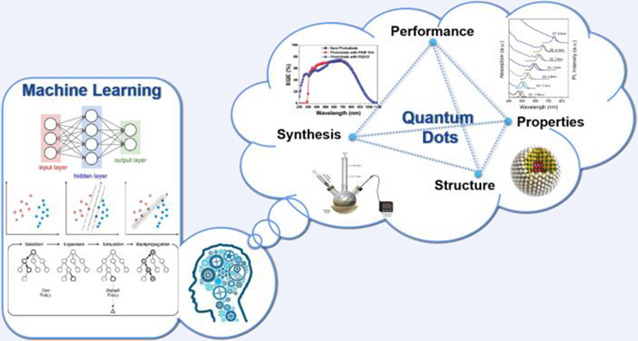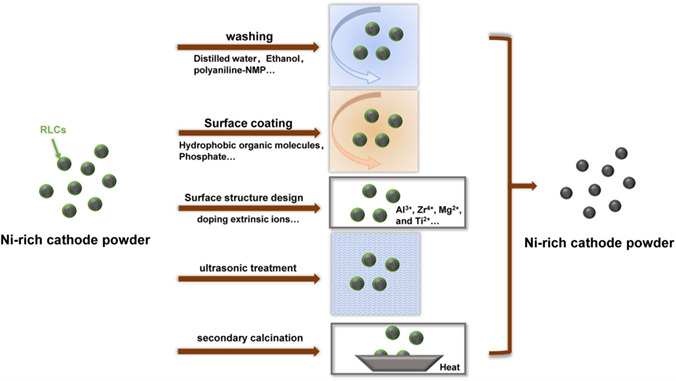Journal list menu
Export Citations
Download PDFs
Cover Picture
Cover Picture
- Page: 1
- First Published: 23 December 2020
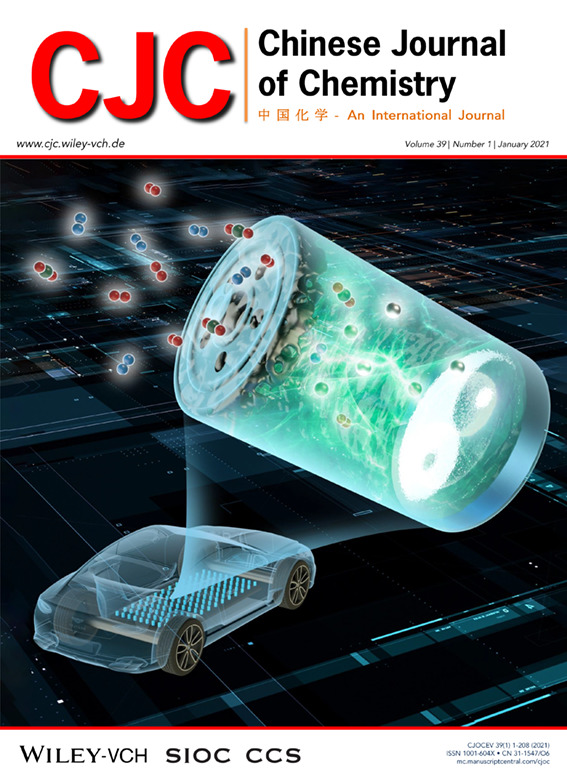
Metal-air batteries have achieved great proceedings in the past decade. This review summarizes progresses of cathode evolution and anode protection strategies in the area of Li/Na-air batteries and prototypes of flexible batteries are presented. More details are discussed in the article by Zhang et al. on page 32—42.
Inside Cover
Inside Cover
- Page: 2
- First Published: 23 December 2020

Chiral structure is very common in nature. especially, the chiral materials could rotate the polarized light. Light-matter interaction is very important for process of nature. Inorganic nanomaterials with unique chiral configuration and suitable size have shown exquisitely chiral recognition and selective catalysis function, similar to natural restriction endonuclease. There are no unbridgeable gulf between organic molecules and inorganic materials. The physical and chemical mechanisms involved in chiral phenomenon are very helpful to exploit novel application of chiral materials in biological sensing, imaging, gene editing and information communications. More details are discussed in the article by Kuang et al. on page 25—31.
Editorial
Chinese Journal of Chemistry: Facing Covid-19 for Further Development
- Pages: 5-6
- First Published: 23 December 2020
Contents
Chemistry Authors Up Close
Efforts towards Practical and Sustainable Li/Na-Air Batteries
- Pages: 32-42
- First Published: 23 August 2020
Concise Reports
Enantioselective Arylcyanation of Styrenes via Copper-Catalyzed Radical Relay†
- Pages: 50-54
- First Published: 27 September 2020

A copper-catalyzed enantioselective arylcyanation of styrenes was developed with the readily available anilines as aryl radical precursors under mild conditions, which allows the access of chiral 2,3-diaryl propionitriles with moderate to good enantioselectivities. This reaction exhibits broad substrate scope and functional group tolerance.
Catalytic Asymmetric Mannich-Type Reaction Enabled by Efficient Dienolization of α,β-Unsaturated Pyrazoleamides†
- Pages: 55-61
- First Published: 13 September 2020
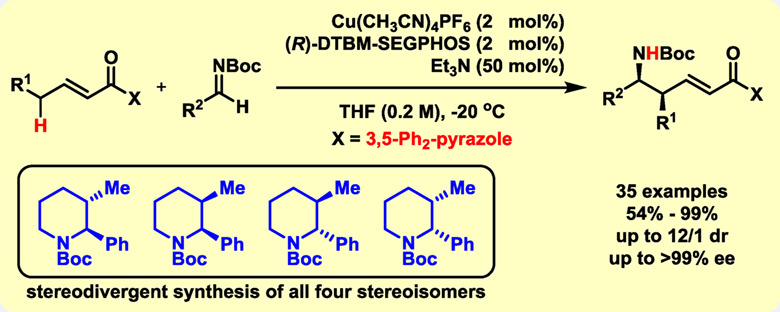
A catalytic asymmetric syn-selective vinylogous Mannich-type reaction is developed based on copper(I)-Et3N-catalyzed facile dienolization of α,β-unsaturated pyrazoleamides. By using β,γ-unsaturated pyrazoleamide, α,β-unsaturated pyrazoleamide, (R)-DTBM-SEGPHOS, and (S)-DTBM- SEGPHOS, all four isomers of both the vinylogous product and a chiral 2,3-disubstituted piperidine are synthesized efficiently.
Synthesis of [2,2’]Bifuranyl-5,5’-dicarboxylic Acid Esters via Reductive Homocoupling of 5-Bromofuran-2-carboxylates Using Alcohols as Reductants†
- Pages: 62-68
- First Published: 15 September 2020
![Synthesis of [2,2’]Bifuranyl-5,5’-dicarboxylic Acid Esters via Reductive Homocoupling of 5-Bromofuran-2-carboxylates Using Alcohols as Reductants†](/cms/asset/4cc117ac-87b4-4ae2-b55e-780abe6808dd/cjoc202000303-toc-0001-m.jpg)
We developed an environmentally benign protocol for α-bromination of furan-2-carboxylates with LiBr and K2S2O8 in good yields. The resulting 5-bromofuran-2-carboxylates further underwent palladium-catalyzed reductive homocoupling reactions in alcohols using as reductants to afford [2,2’]bifuran-5,5’-dicarboxylic acid esters as the monomers of promising polymer.
Modular Total Synthesis of (–)-Palmyrolide A and (+)-(5S,7S)-Palmyrolide A via Ring-Closing Metathesis and Alkene Isomerization†
- Pages: 69-74
- First Published: 24 September 2020
Synthesis and Insecticidal Evaluation of Novel Anthranilic Diamides Derivatives Containing 4-Chlorine Substituted N-Pyridylpyrazole
- Pages: 75-80
- First Published: 08 July 2020

For diamondback moth, 8m exhibited better activity than Chlorantraniliprole at a hundred fold preference. The calcium imaging technique experiment results suggested that compound 8m could increase the intracellular [Ca2+]i and further experiments confirmed that the target of this series of compounds could be RyRs in the central larvae neurons of oriental armyworm.
Luminescence Regulation of Silver-Thiolate Clusters Protected by 1,2-Dithiolate-o-carborane
- Pages: 81-86
- First Published: 06 July 2020
Copper-Catalyzed Aerobic Oxidative Ring Expansion of Isatins: A Facile Entry to Isoquinolino-Fused Quinazolinones
- Pages: 87-92
- First Published: 03 August 2020
Implications of Nitrogen Doping on Geometrical and Electronic Structure of the Fullerene Dimers
- Pages: 93-98
- First Published: 27 August 2020
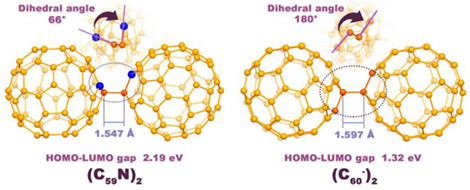
The structures of C60 dimer and its nitrogen doping species (C59N)2 are discussed in detail, and the differences between computational and experimental geometrics are described. An accurate calculation method is suggested to correct the structural deviation between the theoretical results and the crystallographic data for the fullerene dimers.
Monodentate AIEgen Anchored on Metal-Organic Framework for Fast Fluorescence Sensing of Phosphate
- Pages: 99-105
- First Published: 28 August 2020
Dual Palladium/Scandium Catalysis toward Rotationally Hindered C3-Naphthylated Indoles from β-Alkynyl Ketones and o-Alkynyl Anilines
- Pages: 106-114
- First Published: 23 August 2020
Design, Synthesis and SAR Studies of Novel and Potent Dipeptidyl Peptidase 4 Inhibitors
- Pages: 115-120
- First Published: 01 September 2020
Ruthenium(II) Complexes Bearing Schiff Base Ligands for Efficient Acceptorless Dehydrogenation of Secondary Alcohols†
- Pages: 121-128
- First Published: 02 September 2020

Four ruthenium(II) complexes 1—4 [RN=CH-(2,4-(tBu)2C6H2O)]RuH(PPh3)2(CO) (R = C6H5, 1; R = 4-MeC6H4, 2; R = 4-ClC6H4, 3; R = 4-BrC6H4, 4) bearing Schiff base ligands were successfully synthesized. Their structures were fully characterized by elemental analysis, IR, NMR spectroscopy and X-ray crystallography. These Ru(II) complexes exhibit high catalytic performance and good functional-group compatibility in the acceptorless dehydrogenation of secondary alcohols, affording the corresponding ketones in 82%—94% yields.
Sarcaglarols A—D, Lindenane−Monoterpene Heterodimers from Sarcandra glabra Based on Molecular Networks
- Pages: 129-136
- First Published: 11 September 2020
Protecting-Group-Free Total Synthesis and Biological Investigation of Cabucine Oxindole A†
- Pages: 137-142
- First Published: 13 September 2020
Electrochemical Palladium-Catalyzed Intramolecular C—H Amination of 2-Amidobiaryls for Synthesis of Carbazoles
- Pages: 143-148
- First Published: 13 September 2020
Comprehensive Reports
Isospecific Polymerization of Methyl Methacrylate by Intramolecular Rare-Earth Metal Based Lewis Pairs†
- Pages: 149-156
- First Published: 20 September 2020
Initial Electrode Kinetics of Anion Intercalation and De-intercalation in Nonaqueous Al-Graphite Batteries†
- Pages: 157-164
- First Published: 02 September 2020
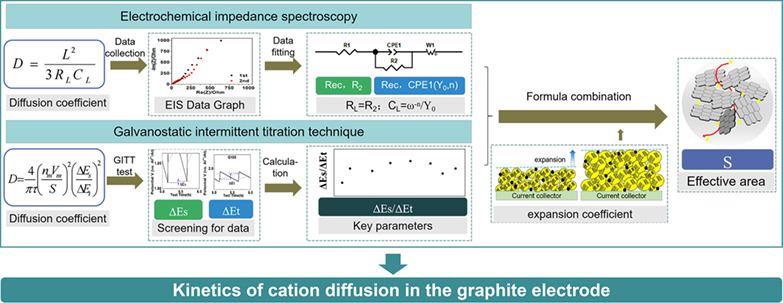
A combined method upon galvanostatic intermittent titration technique and electrochemical impedance spectroscopy has been carried out. As a consequence, more diffusion coefficient at more states could be also calculated. Ultimately, the kinetic parameters including the evolution of transport/reaction resistivity as well as the diffusion coefficient could be determined, and whereby the irreversible ability from the electrochemical kinetics could be well understood.
Recent Advances
Research Progress of Lithium Plating on Graphite Anode in Lithium-Ion Batteries
- Pages: 165-173
- First Published: 24 September 2020
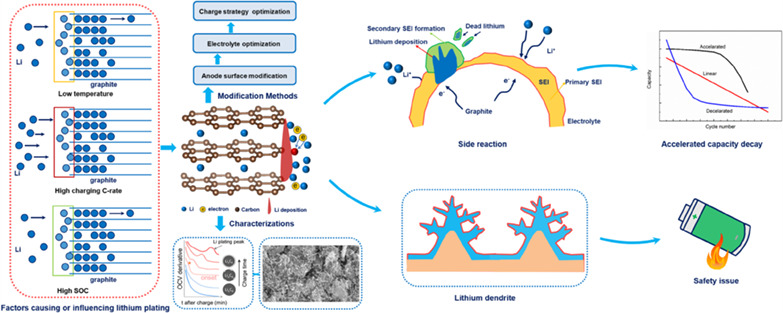
This review focuses on research advances of lithium plating on graphite anode, including the forming mechanisms of Li deposition, corresponding influence factors, detecting methods and hazard of Li plating. Moreover, approaches to suppress Li plating are summarized, including anode surface modification, electrolyte composition optimization and development of optimal charge strategies. The remaining challenges and prospects in terms of mechanism research, detecting approaches, and suppressing methods of Li plating are concluded and proposed.
How Machine Learning Accelerates the Development of Quantum Dots?†
- Pages: 181-188
- First Published: 05 September 2020
Critical Reviews
Strategies of Removing Residual Lithium Compounds on the Surface of Ni-Rich Cathode Materials†
- Pages: 189-198
- First Published: 26 August 2020
Meeting the 2020 XPLORER PRIZE Winners (Chemistry and New Materials)
Meeting the 2020 XPLORER PRIZE Winners (Chemistry and New Materials)
- Pages: 199-203
- First Published: 23 December 2020
Inside Back Cover
Inside Back Cover
- Page: 207
- First Published: 23 December 2020
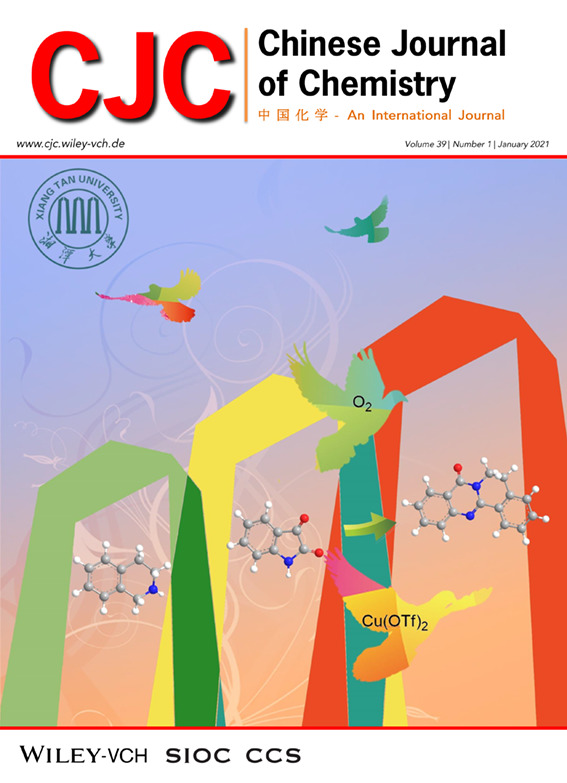
A copper-catalyzed aerobic oxidative ring expansion reaction of isatins with 1,2,3,4-tetrahydroisoquinoline for the synthesis of tetracyclic quinazolinones has been developed. The capacity of the resultant 5H-isoquinolino[1,2-b]quinazolin-8(6H)-one for a range of palladium-catalyzed directing C—H activation has been further demonstrated, thus giving a broader access to diverse tetracyclic quinazolinones. More details are discussed in the article by Xiao and Deng et al. on page 87—92.
Back Cover
Back Cover
- Page: 208
- First Published: 23 December 2020
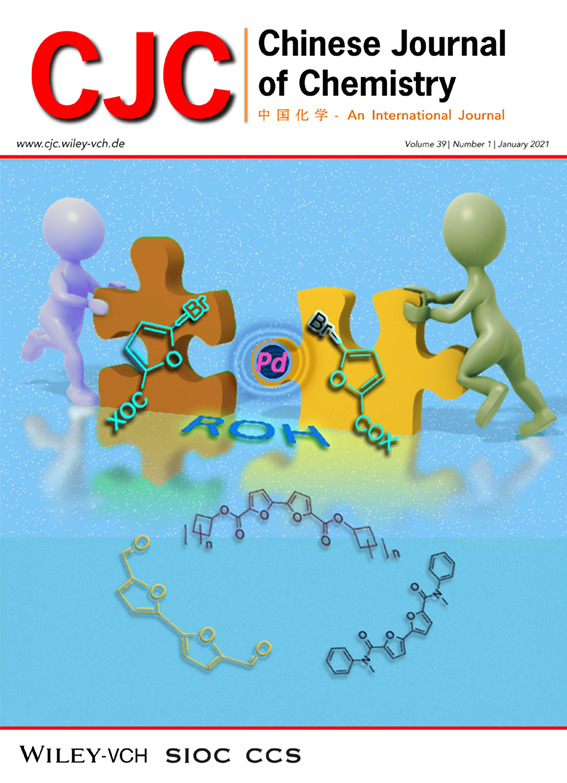
5-Bromofuran-2-carboxylates were conducted in a palladium-catalyzed reductive homocoupling reactions in the presence of alcohols as the reductant to afford [2,2’]bifuran-5,5’-dicarboxylic acid esters, which are essential monomers of poly(ethylene bifuranoate), serving as an green and versatile alternative polymer for traditional poly(ethylene terephthalate). More details are discussed in the article by Yin and Jiang et al. on page 62—68.




